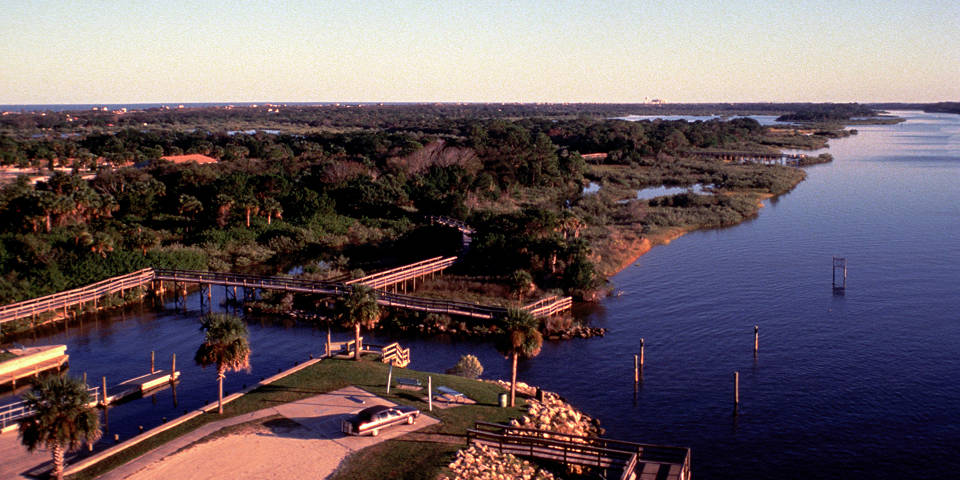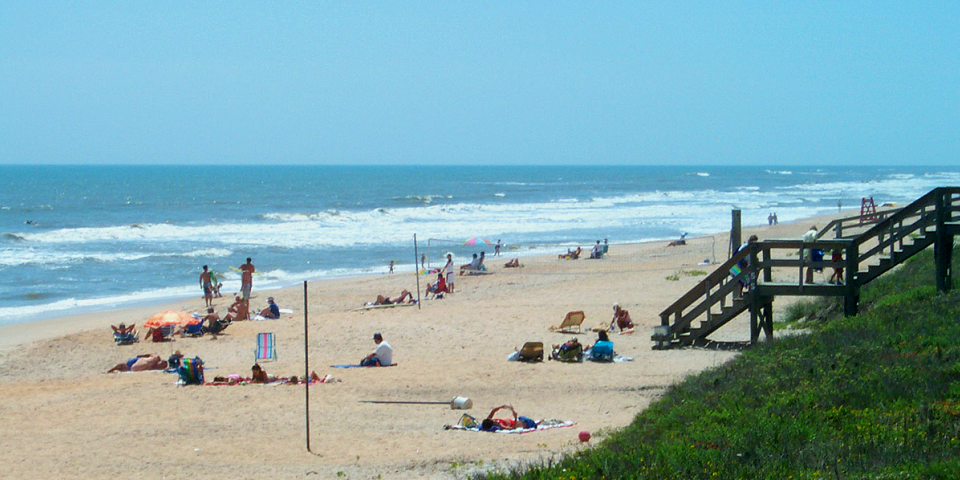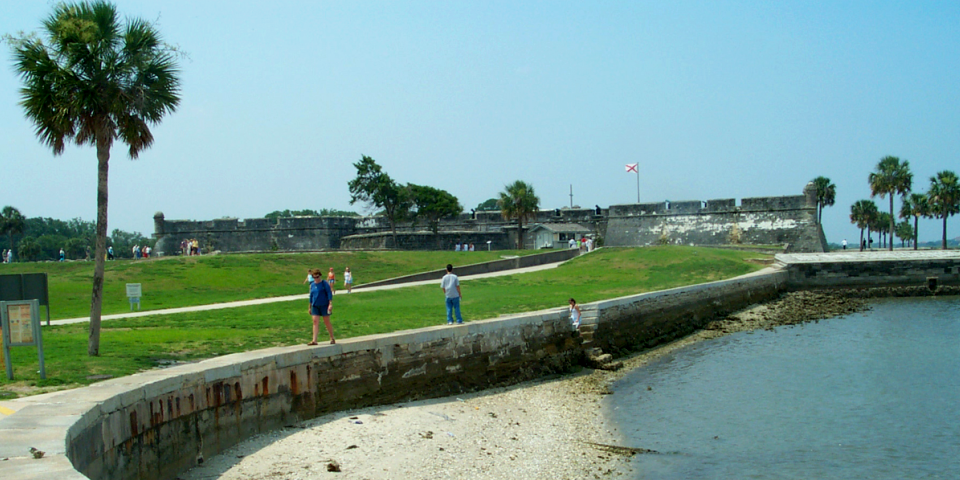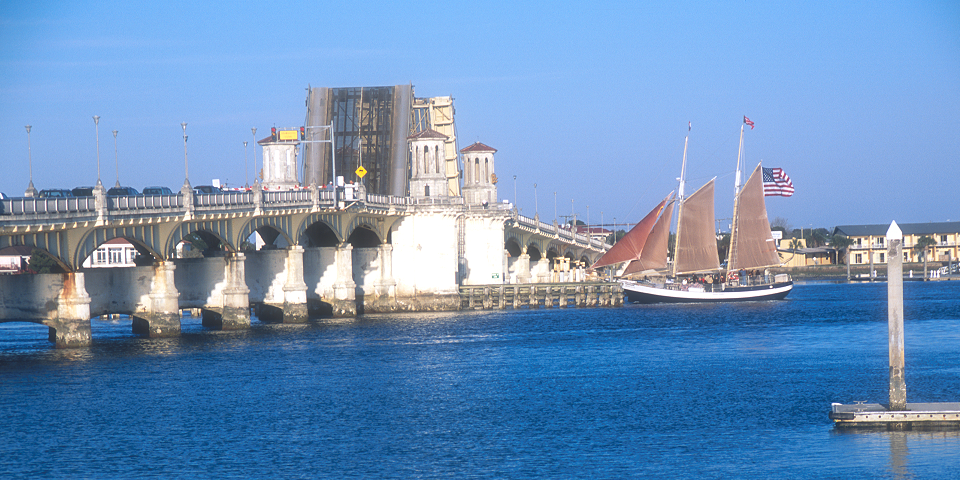A1A Scenic and Historical Coastal Byway is designated as an official National Scenic Byway. For northbound I-95 travelers, the A1A Scenic and Historical Coastal Byway begins approximately 10 miles from I-95, exit 289 (Palm Coast Parkway). Take the Palm Coast Parkway east to FL Route A1A. From there, the A1A Scenic and Historical Coastal Byway is approximately 72 miles long. For southbound I-95 travelers, the A1A Scenic and Historical Coastal Byway begins approximately 14.6 miles from I-95, exit 344 (FL 202). Take FL Route 202 east to FL Route A1A. From there, the A1A Scenic and Historical Coastal Byway is approximately 72 miles long.
You should allow about two hours (without stopping) to drive this route.

Dip your toes in the oceans off the Florida coast during your journey along A1A Scenic & Historic Coastal Byway. With miles and miles of white beaches, you will have plenty of space to spread out with buckets and blankets. Build sand castles or simply relax and listen to waves crawling towards the shore.
The sight of surfers and sailors may just entice you into the water for your own aquatic adventures. You can charter a fishing boat or swing your feet over the pier and dangle a line for flounder, snook, whiting, snapper, or blues, just to name a few varieties. For the competitive angler, join in a fishing tournament and take home tales that will tease your friends.

If you don’t want to get your feet wet but still you enjoy watching the ocean, try jogging, biking, roller blading, or strolling along the 19-mile path from Marineland to the Volusia County line. Or stash your binoculars in your beach bag for views of wildlife and birds. From May to October, visitors can turtle-watch along the shores of Flagler Beach, which is protected during this time because the eggs are hatching and the new turtles are swimming back into the ocean. Keep a lookout for dolphins, migrating northern whales, or alligators. Also, A1A is included on the Great Florida Birding Trail, so you’ll be sure to see tri-color heron, marsh wrens, osprey and other birds. With so many different habitats, the environment around the byway supports a variety of wildlife, including 50 endangered species.
History aficionados will enjoy touring St. Augustine, the oldest permanent European settlement in North America. Stop by the Colonial Spanish Quarter for a glimpse at life in 18th Century Florida. Here, costumed tradesmen will show you the ropes in candlemaking, blacksmithing and carpentry. Learn more about military might while visiting Fort Matanzas, Castillo de San Marcos, and Fort Mose. These national treasures offer tours and historical re-enactments where you can become a part of history.
A popular destination for over 400 years, the Florida coast and A1A Scenic & Historic Coastal Byway won’t disappoint!

The National Scenic Byways Program recognizes highways that are outstanding examples of our nation’s beauty, history, culture, and recreational experience by designating them as All-American Roads and National Scenic Byways. The roads being featured were designated by the Secretary of Transportation from nominations submitted by the states and federal land management agencies. These designations provide a compass for people from all over the world to explore America’s treasured open roads.
Content reproduced with permission from the National Scenic Byways Online: www.byways.org
The I-95 Exit Guide is the Internet’s largest and most complete website dedicated to Interstate 95 travelers. Find detailed exit service listings… lodging, camping, food, gas and more for every exit from Maine to Florida!
On the road? Why not take us with you. The I-95 Exit Guide is mobile-friendly and totally FREE. No App Required.
Traveling another route? Visit our growing family of exit guides: I-4 Exit Guide, I-5 Exit Guide, I-10 Exit Guide, I-75 Exit Guide, I-80 Exit Guide and I-95 Exit Guide. Detailed exit service listings… discount lodging, camping, food, gas and more for every exit along the way!






